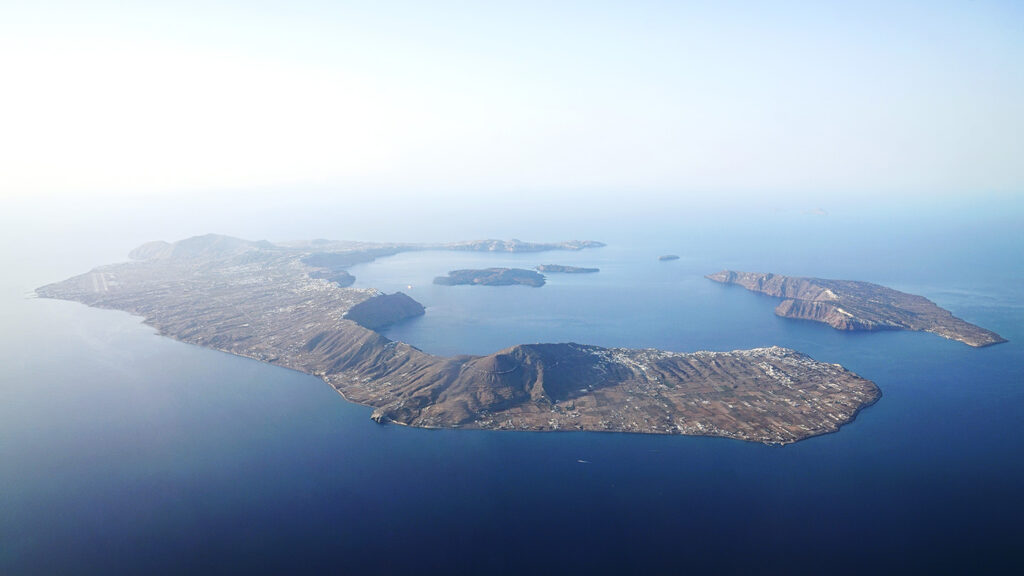An intense swarm of earthquakes around Greece’s Santorini Island in January has revealed a fiery underground link between two neighboring and historically explosive volcanoes.
Analyses of seismic activity from June 2024 through February 2025, along with changes in the island’s surface elevation, suggest that the same well of magma feeding the Santorini volcano may also supply the submerged Kolumbo volcano, just seven kilometers away, researchers report September 24 in Nature.
Complex, shared magma plumbing systems can complicate the interpretation of earthquakes and signs of imminent eruptions, say Marius Isken, a geophysicist at the GFZ Helmholtz Centre for Geosciences in Potsdam, Germany, and colleagues. This study, they say, highlights the need for real-time, high-resolution monitoring to improve volcano warnings.
Santorini is known for a catastrophic volcanic eruption around 1560 B.C. that contributed to the end of the Minoan civilization and caused widespread devastation, including earthquakes, tsunamis and possibly a volcanic winter. Kolumbo is no slouch either, erupting most recently in A.D. 1650.
When a swarm of over 1,200 earthquakes rattled the region early this year, Greece declared a state of emergency, fearing an imminent eruption. Although no eruption ensued, the abundant quakes allowed Isken and colleagues to examine the subsurface and better understand how and where magma moved.
Using data from earthquake stations on both land and the seafloor, the team reconstructed the events leading to the unrest. Starting in July 2024, Santorini’s surface began to swell by a few centimeters, suggesting magma accumulation in its shallow reservoir from deeper in Earth’s crust. The swelling coincided with seismic activity centered around Santorini.
On January 27, the earthquake rate surged, with a new swarm of quakes migrating over several weeks first toward Santorini and then northeast away from the island. At the same time, GPS data showed that both volcanoes seemed to deflate.
The story, told in quakes and ground settling, suggests that magma from a deeper crustal reservoir feeds both Santorini and Kolumbo. The swarm of seismicity points to magma moving from this reservoir, initially toward Santorini and then away from both volcanoes, causing them both to deflate, like a simultaneous sigh.
This is the first observation of a magmatic connection between Kolumbo and Santorini, the team notes. And that has implications for other large volcanic systems hypothesized to share magmatic plumbing, or at least to jostle one another underground, such as those in Hawaii, Iceland and Russia’s Kamchatka peninsula.
Read the full article here


